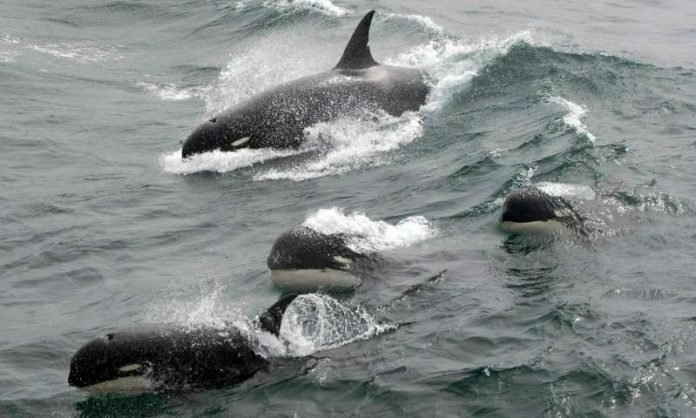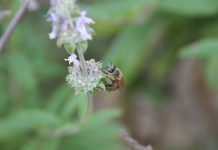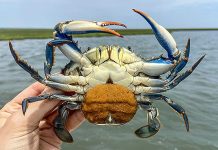
In a new study, an international team discovers a new species of killer whale called Type D in southern Chile.
The whales were only previously known as a beach stranding, fishermen’s stories, and tourist photographs.
Previous studies have shown that the Type D killer whales are the largest undescribed animal left on the planet.
Scientists know very little about their life in the oceans.
The first record of the Type D killer whales came in 1955 when 17 animals stranded on the coast of Paraparaumu, New Zealand.
According to the record, these whales had more rounded heads, a narrower and more pointed dorsal fin, and a tiny white eyepatch.
Scientists found no whales like this had ever been described before.
In 2005, a French scientist showed photographs of odd-looking killer whales. These whales also had tiny eye patches and bulbous heads.
Since then, scientists began to collect killer whale images from the Southern Ocean, including from tour vessels.
In the current study, the team collected genetic samples of the Type D killer whales.
They spent more than a week at anchor, waiting out the perpetual storms of Cape Horn off southern Chile. There they collected three biopsy samples from a group of Type D killer whales.
The samples included tiny bits of skin harmlessly taken from the whales with a crossbow dart.
The researchers will analyze DNA from the skin samples.
The data could help them decide whether this animal is a new species with its distinctly different color pattern and body shape.
The researchers suggest that in the next few months, the DNA samples can reveal how different Type D is from other killer whales.
One researcher of the study is Bob Pitman from NOAA Fisheries’ Southwest Fisheries Science Center in La Jolla, California.
Other researchers include Lisa Ballance from the United States, John Totterdell and Rebecca Wellard from Australia, Jared Towers from Canada, and Mariano Sironi from Argentina.
Copyright © 2019 Knowridge Science Report. All rights reserved.



